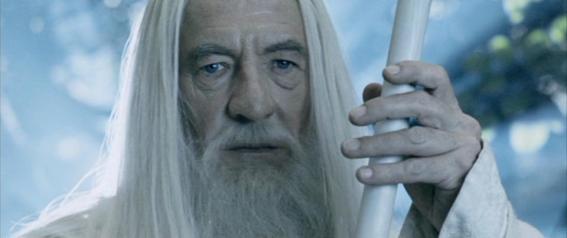People nowadays tend to steer clear of using the word “hero” when talking about stories, whether that’s a novel or a movie. The correct word to use is “protagonist” or “central character”. It’s funny, because back here in the real world we’re quite happy to call soldiers, doctors and teachers “heroes” (which is funny, because most people don’t actually like being labeled like that). I know that sometimes protagonists are not necessarily heroes. Sometimes the antagonist is. But the point is, where have the heroes gone?
Heading back to fiction, take a look at comic books and the movies spawned from them. They feature superheroes and supervillains and they often enjoy being referred to as such. The problem, I think, is that fiction has tilted towards realism and “grittiness” rather than the lighthearted, carefree (campy, even?) fun that seemed to be popular before. This means that heroes now have to have a great deal of depth and, usually, a tortured, dysfunctional past. If you disagree, look at Nolan’s rebooted Batman franchise, the new Amazing Spider-man or any modern war movie or spy thriller. These are modern heroes.

We no longer have James Bond ordering martinis and hanging around in exotic locales in cream trousers. He’s now grim, determined, no-nonsense and very violent (not that I don’t love Daniel Craig’s interpretation). I guess it’s good, in a way. People are focusing more on story and substance now than flashiness and style. But, I still think it’s good to remember things that have fallen out of favour–one day they most likely will make a glorious return. Everything goes in circles, including the world of fiction.
Any character who goes out of their way to help or protect others is a hero. How many ordinary people do you know who would endanger their own life for a complete stranger? Any character who resists the pull of greed, selfishness and hate is a hero. Any character who’s made mistakes and has done terrible things, who can make a change and redeem themselves is a hero.
What is a modern hero? The person who decides not to be a sheep and makes a choice to make a difference. The person who stands up for what they and society really believe in. The person who is still standing after the weight of the world is piled on their shoulders.

Next time you hear someone refer to a protagonist or central character, tell them its okay to use the word “hero”. We can always use more heroes.
I’d just like to remind you that these are just my opinions. If you disagree, agree or have something else to add, please feel welcome to drop in a comment.





